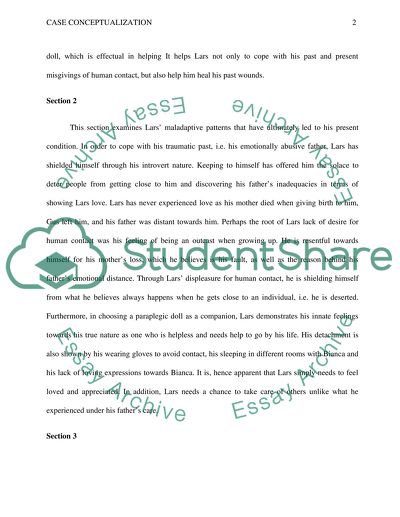Cite this document
(“Case Conceptualization Lars and the Real Girl Essay”, n.d.)
Retrieved de https://studentshare.org/psychology/1445856-case-conceptualization-lars-and-the-real-girl
Retrieved de https://studentshare.org/psychology/1445856-case-conceptualization-lars-and-the-real-girl
(Case Conceptualization Lars and the Real Girl Essay)
https://studentshare.org/psychology/1445856-case-conceptualization-lars-and-the-real-girl.
https://studentshare.org/psychology/1445856-case-conceptualization-lars-and-the-real-girl.
“Case Conceptualization Lars and the Real Girl Essay”, n.d. https://studentshare.org/psychology/1445856-case-conceptualization-lars-and-the-real-girl.


